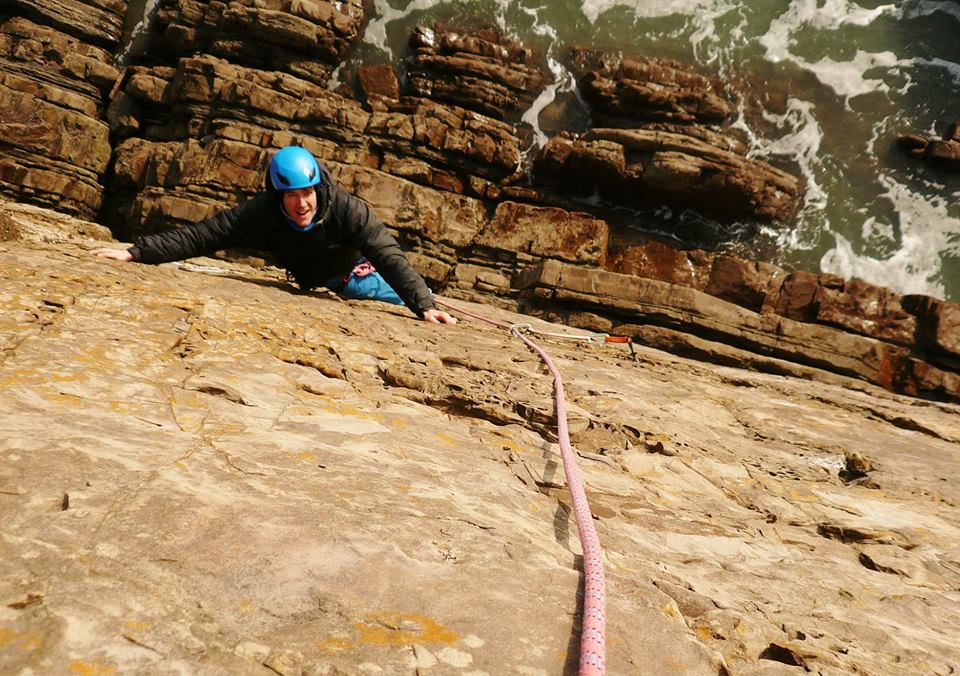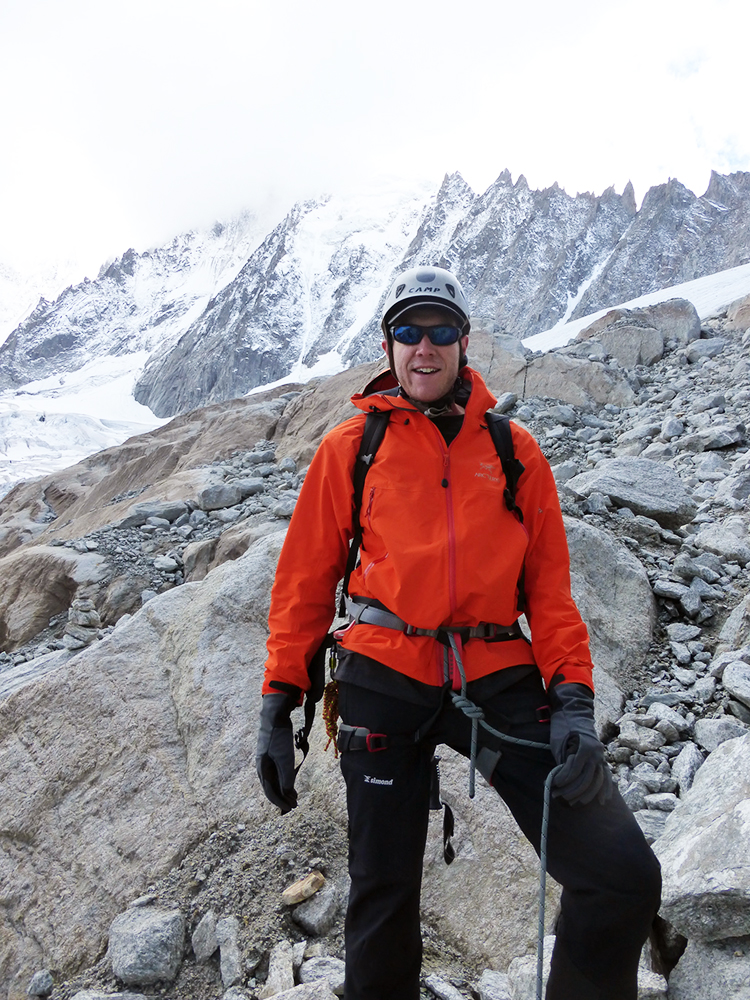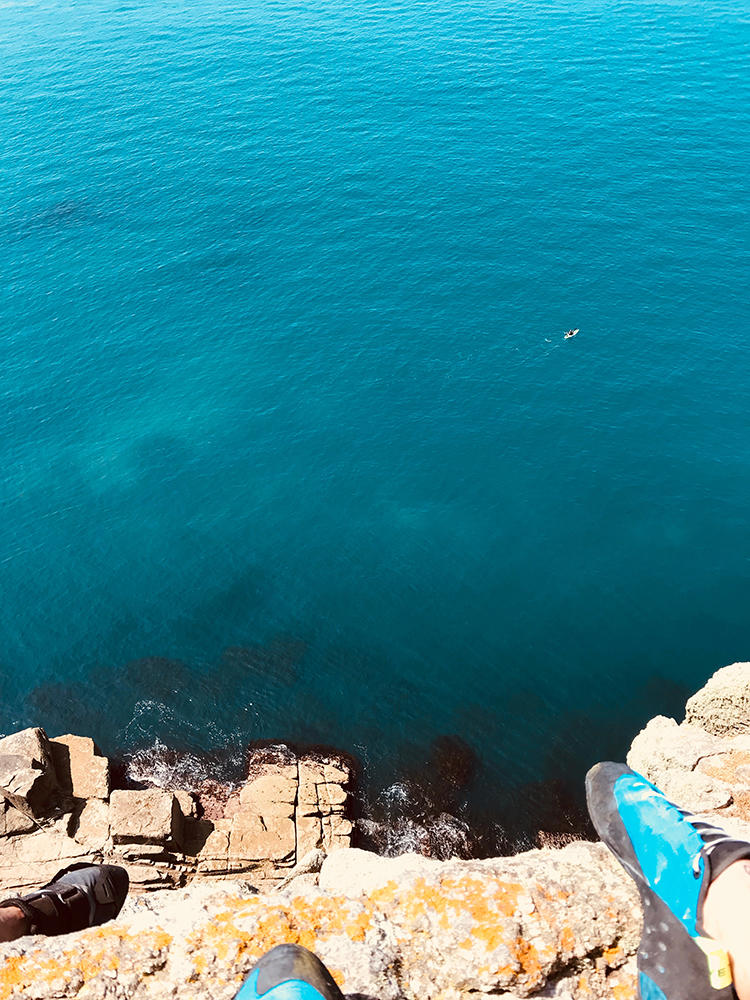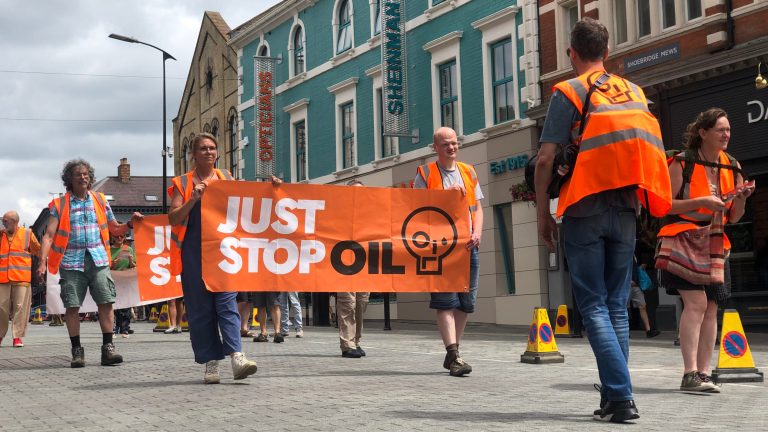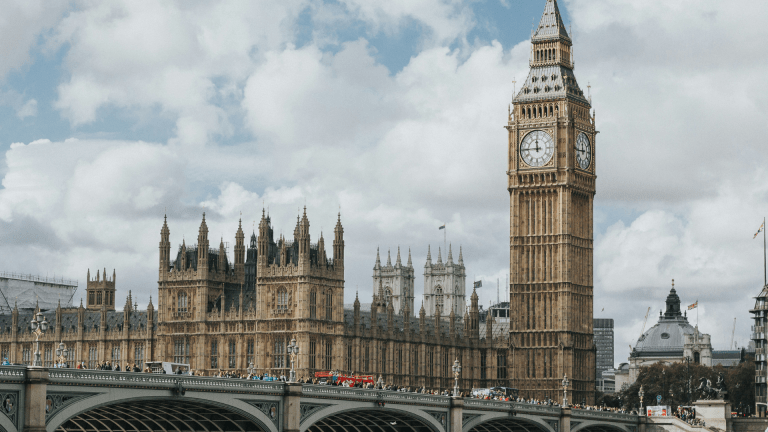I sit here, safe at home, eyes flitting between Netflix and the screen of my laptop. I’m reading online tributes paid to Tom Ballard and Daniele Nardi, two brilliant mountaineers missing on Pakistan’s 8,126m Nanga Parbat. Search efforts yielding to the mountain that’s unfolding a prophetic tragedy – the story writing itself as Ballard perhaps follows in the footsteps of his mother, Alison, who perished on K2 in 1995.
Some 8,000 miles away in Los Angeles, just weeks ago, the headlines were very different. American climber Alex Honnold’s free solo ascent of Yosemite’s El Capitan, captured for National Geographic in a stunning piece of documentary, took home an Oscar in February; surely the highest accolade for any filmmaker. Climbing, after years of striving, makes it debut as an Olympic sport next year in Tokyo. And streaming on Netflix to the side of me as I write is The Dawn Wall, the excruciating account of Tommy Caldwell and Kevin Jorgeson’s ascent of the film’s namesake route, now watchable on one of the world’s largest media platforms. It’s a watershed era for climbing; a sport historically shy of international attention unless patriotic feats of height and distance were involved.
But triumph or tragedy, the media and the public are now taking note. Climbing is now so mainstream that both Free Solo and Nanga Parbat came up in conversation in the office this week, leaving me – a climber – scrambling to explain, argue, or defend the pursuit. ‘Why do you do it?’. Lovers, friends, parents, colleagues, all demanding to understand why we try to wriggle our way into mortality.
I’m inherently a safe person; almost aggressively steady. I can barely recall climbing trees as a boy, I’ve never broken a bone, I’ve never put myself ‘out there’. I eventually baulked at contact sports. I u-turned on joining the forces. I believe I lead an achingly safe life. Yet my actions betray that image to others because I happily fling myself, vertically, on hundreds of feet of sheer rock face, a pursuit deemed very much unsafe by most. What drives me?
I sat there in awe at nature. Is this why I climb?
Back in the summer of 2017 I was climbing in the Mont Blanc massif in the French Alps and can confidently say I felt I came very close to death. Already mildly concussed from an ice axe wound to the head that also very nearly ripped off my left eyelid, a rockfall above me set in motion a refrigerator-sized boulder intent on flattening me and ending it all right there. After the longest few seconds of my life, I dodged the boulder, my crampon-laden boots leading me to dance better than I had my entire life.
